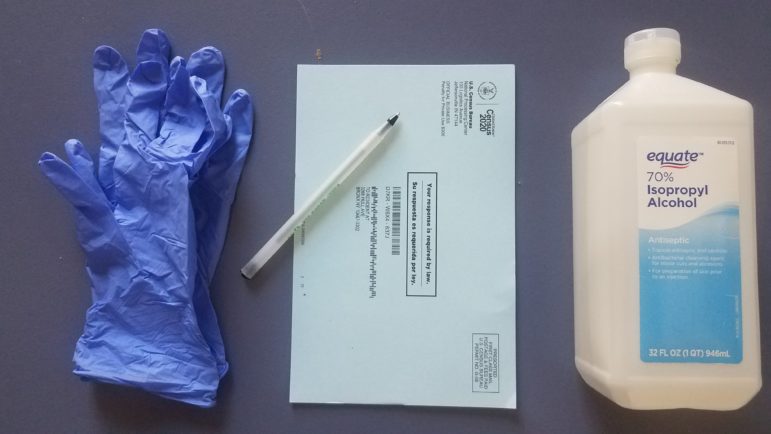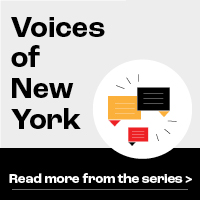
Murphy
The toolkit for Census Day 2020.April 1 is Census Day, the date by which every home in America will be asked to respond to the 2020 population count. Advocacy workers—particularly those in immigrant communities, where many are wary of participating in a government survey—have been preparing for months to get the word out about the Census and the importance of every New York household completing it.
But like most areas of public life in recent weeks, the COVID-19 pandemic has complicated those efforts. With Census workers and advocates currently unable to conduct door-to-door outreach, they’re trying other methods to encourage participation, ramping up social media campaigns and turning to the spaces people still visit, like pharmacies and grocery stores.
An accurate population count is more important now than ever, advocates say. Census data is used to determine how many representatives New York gets in Washington, as well as how big a share localities receive from $1.5 trillion in federal funding for a wide range of things, including healthcare and hospitals, school lunch programs, Medicaid and Medicare.
“We all know, especially now, how important that is,” says Lovelie Tejada, a community engagement manager for the New York Immigration Coalition (NYIC). “So many people are relying on those resources right now.”
Census participation can be challenging even during non-pandemic times, says Meeta Anand, a Census 2020 senior fellow for NYIC. Many immigrants are fearful or distrustful of the government, particularly those who are undocumented and on edge about ongoing immigration enforcement. An earlier effort by the Trump administration to get a citizenship question added to the Census, though unsuccessful, has also left many wrongfully still believing they’ll be asked about their status.
Advocates say they are working to reassure participants that there is no citizenship question on the Census, and that the data collected is confidential and won’t be shared with any other organizations or authorities, including landlords. But the pandemic has made it harder to get that message out.
“COVID-19 presents another challenge to us,” Anand says. “In this time of social distancing, we are reliant on virtual means.”
Those means include ramping up their text-message and social media campaigns, as well as phonebanking to reach residents who might be less web-savvy. While public libraries—usually key gathering sites for people to access and complete the Census—are closed, NYIC says it’s creating partnerships at other places people are still accessing, like putting posters in grocery stores and pharmacies, plus with services like
Advocates are urging all New Yorkers to fill out the Census themselves, either online, by phone or mail. While the deadline for self-reporting has been extended to Aug. 14, Census counts will still need to be reported to Congress and the president by the end of December. The more people who complete the survey now will allow outreach workers to focus their door-to-door efforts on more vulnerable and hard-to-reach populations once social distancing mandates are rescinded.
“How can we get all the communities that we can to self-respond now, so that when this blows over, the Census bureau and then all the [community based organizations] can focus our in-person outreach to the communities that really need it,” says Wennie Chin, a senior manager in civic democracy at NYIC.
Those communities include not just immigrant populations but also those living below 200 percent of the poverty level, as well as New Yorkers who speak languages other than the 12 non-English languages Census forms are available in, Chin says. Outreach workers use data posted by the Census Bureau online to track self-response rates—the city’s stood at just over 26 percent on Monday—and plan to “micro target” the Census tracts where participation has been low with in-person outreach, once it’s allowed again.
“When that moment comes where we’re allowed to walk in the sunshine again, we’ll be ready to go,” Anand says.
“The Census is about money, power and respect,” she explained. “Right now it is our immigrant communities that are keeping New York running. They are on the front lines, and they are on the front lines in a very vulnerable situation. We need to make sure that these communities continue to be counted, and not to be undercounted, because they deserve to be as well-resourced as any other community in the United States.”









